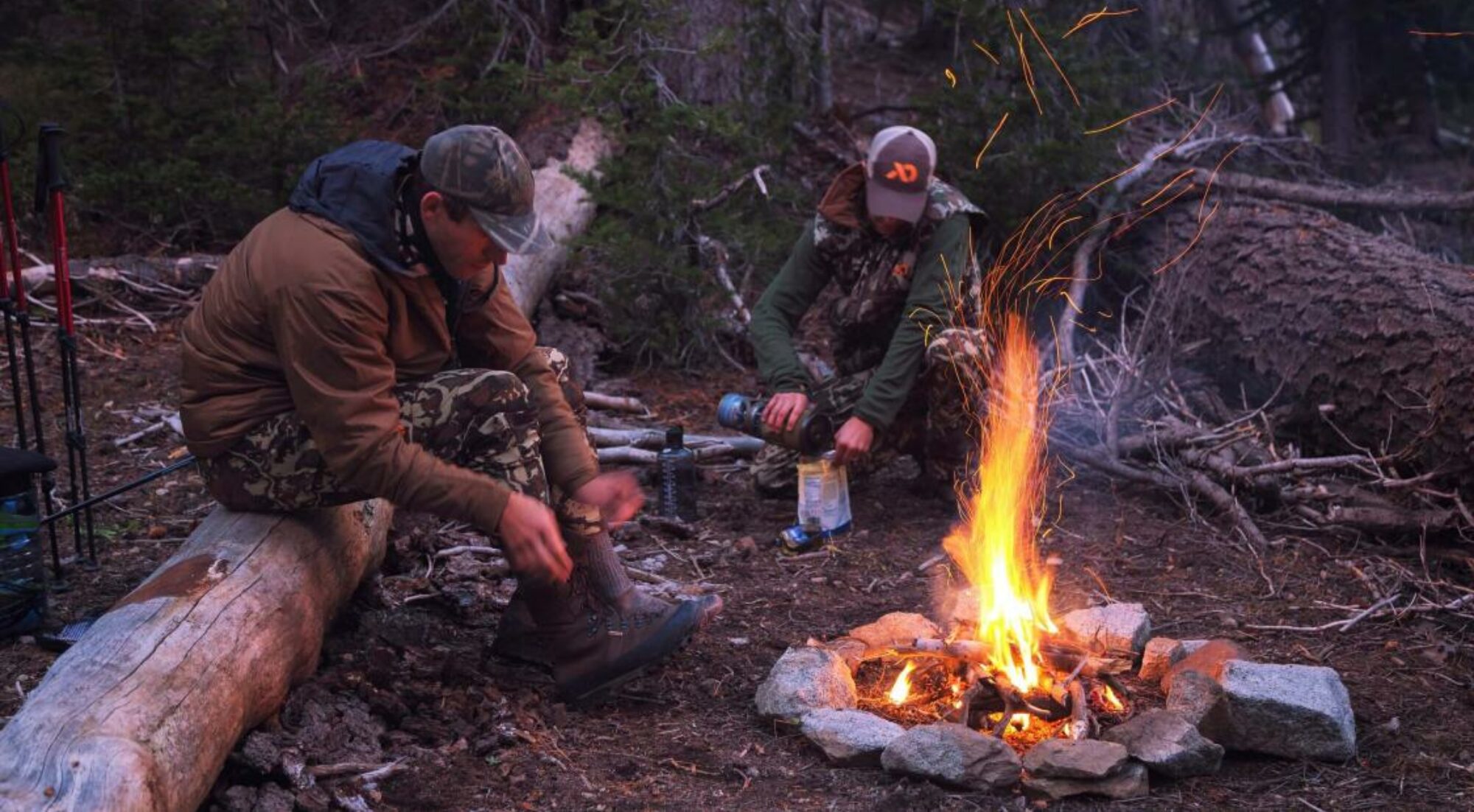Understanding the Impact of Family Tragedies
Family Tragedies, such as the loss of a loved one, sudden illness, or unexpected accidents, can strike without warning, leaving emotional and logistical challenges in their wake. Grief, coping, and support are central to navigating these events. Preparation involves acknowledging the possibility of such events and building a foundation of emotional resilience. Recognizing that every family member processes grief differently is key to fostering unity during tough times.

Building Emotional Resilience
Emotional resilience is critical for managing the shock and sorrow that accompany Family Tragedies. Communication, sympathy, and mental health will guide this process. Encourage open conversations within the family to share feelings and fears. Sympathy helps family members support one another, while prioritizing mental health through mindfulness or professional counseling can strengthen coping mechanisms. Regular family check-ins can create a safe space for emotional expression long before a crisis hits.
Creating a Practical Emergency Plan
Having a practical plan in place can ease the chaos of a tragedy. Designate roles for family members, such as who will contact emergency services or handle legal matters. Ensure important documents—like wills, insurance policies, and medical records—are accessible. Establish a list of emergency contacts, including doctors, lawyers, and trusted

friends. This preparation reduces stress and allows the family to focus on emotional healing rather than logistical hurdles.
Strengthening Family Bonds
Strong family connections act as a buffer during crises. Regular family activities, such as shared meals or outings, build trust and understanding. When tragedy strikes, these bonds provide a sense of stability. Encourage traditions that reinforce togetherness, like weekly discussions or annual gatherings. A united family is better equipped to share the burden of grief and make collective decisions under pressure.
Seeking External Support Systems
No family should face Family Tragedies alone. Identify external resources, such as community groups, religious organizations, or professional therapists, before a crisis occurs. Support groups for specific issues, like bereavement or chronic illness, can offer specialized guidance. Knowing where to turn for help—whether it’s a counselor or a neighbor—ensures the family has a network to lean on when internal resources are stretched thin.
Financial Preparedness for Unexpected Events
Financial strain often compounds the stress of a tragedy. Prepare by maintaining an emergency fund to cover unexpected costs, such as medical bills or funeral expenses. Review insurance policies regularly to ensure adequate coverage for health, life, and property. Discuss financial plans openly with family members to avoid surprises. Being financially prepared allows the family to focus on healing rather than scrambling to cover costs.
Learning from Past Experiences
Reflecting on past challenges can prepare a family for future tragedies. Discuss previous difficulties and what helped the family cope, whether it was open communication, professional help, or community support. These lessons can inform how to handle future crises. Encourage family members to share their insights, fostering a culture of learning and adaptability that strengthens the family’s ability to face the unexpected with confidence.
If you or someone you know is suffering from mental health issues related to a loss or in general, there are resources available to help.
Call 988 or visit Wellbeing Trust mental health resources webpage.
I really hope this article has been informative and helpful.
If you have any questions, comments or input feel free to leave a comment below.
Thanks





